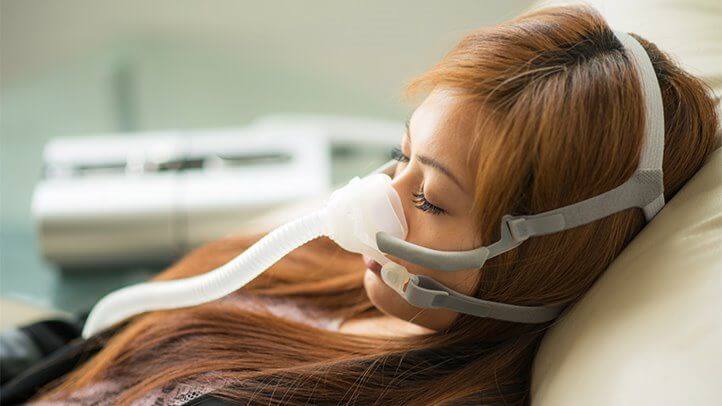Health
5 Tips For Using Your CPAP Machine In Cold Weather

Many factors impact our quality of sleep. And although we may take it for granted, the external air temperature plays a large role in our sleep process. And if you’re one of the eight million people using CPAP machines in the United States, cold weather can affect you even more. How can you consistently get a restful night’s sleep when the temperatures drop? This short guide explains
Appropriate Water Temperature for CPAP Machines
You’re probably not surprised to l that water temperature impacts how well your CPAP machine functions. But where should you set this temperature? You don’t want rainout, or condensation buildup inside your mask and tubing. But on the other hand, drier air can make CPAP use uncomfortable. Temperatures inside and outside the tubing should match as closely as possible to avoid both problems.
With this in mind, you should adjust humidity and tube temperature to get a proper balance. The right balance of both gives you the most comfortable conditions. Boosting humidity just a little can make a difference. So can increasing tube temperature slightly, by around 1 to 2 degrees Fahrenheit. For best results, use only distilled water in your CPAP.
Do Cold Temperatures Affect My CPAP Machine?
Cold weather affects air moisture levels. How? Just as hotter temperatures correlate with higher dew points, cold temperatures lead to lower dew points. Ambient air in cold weather holds less moisture. That’s why it feels so dry, especially when you’re indoors. And those dry conditions can impact your CPAP therapy. You may experience drier air passageways and increased risks for getting colds or the flu. Fortunately, you can keep CPAP therapy both comfortable and effective with some useful advice:
- Equip your CPAP machine with a humidifier if you don’t already have one.
- Balance CPAP humidity levels to avoid rainout.
- Maintain proper bedroom temperature.
- Consider switching out your CPAP mask.
- Keep your CPAP machine and accessories clean.
We’ve already discussed humidity levels with CPAP machines, but bedroom temperature and mask style also impact comfort and efficiency. Everyone’s preferred temperature range is a little different — what’s perfect for one person may be too warm for someone else. Try setting your bedroom temperature in your ideal range, which is between 65 and 72 degrees Fahrenheit for most people. It should be a little cooler than your daytime indoor temperatures to help your body thermoregulate.
Also check about – How to Care for Yourself this Cold and Flu Season
The type of mask you use can also make a difference. Full-face masks may not be ideal for some people, so they switch to nasal pillow models such as the ResMed AirFit P10 mask. They’re lightweight, cover less of the face and position airflow at the nostrils. You’re less likely to experience rainout with a P10 mask, and with correct humidity levels, you can also steer clear of drying side effects.
Consider Your PAP Treatment Options
Many people affected by sleep apnea respond positively to PAP therapy. CPAP machines are the most common option, but you may want to consider a BiPAP machine if you have more complex breathing issues. When comparing BiPAP vs. CPAP devices, remember that BiPAP uses separate inhale and exhale pressures. Talk with your doctor to get therapy recommendations that best support your needs.

-

 Business3 years ago
Business3 years agoHow to Do Long-Distance Moves with Children
-

 Travel2 years ago
Travel2 years agoQuick Guide: Moving To Santa Rosa?
-

 Real Estate3 years ago
Real Estate3 years agoWhy Dubai Festival City is a Great Neighbourhood for Young Learners
-

 Business3 years ago
Business3 years agoIs Guest Posting a Good Inbound Marketing Strategy?
-

 Business1 year ago
Business1 year agoThe Ultimate Guide To Thriving In Your Printing Franchise
-

 Business1 year ago
Business1 year agoExploring The Benefits And Challenges Of Restaurant Franchising
-

 Tech3 years ago
Tech3 years agoCyber Table That Will Change Your Life
-

 Lifestyle1 year ago
Lifestyle1 year agoDallas’ Hidden Gems: 6 Must-Try Restaurants Off The Beaten Path!









Recent Comments